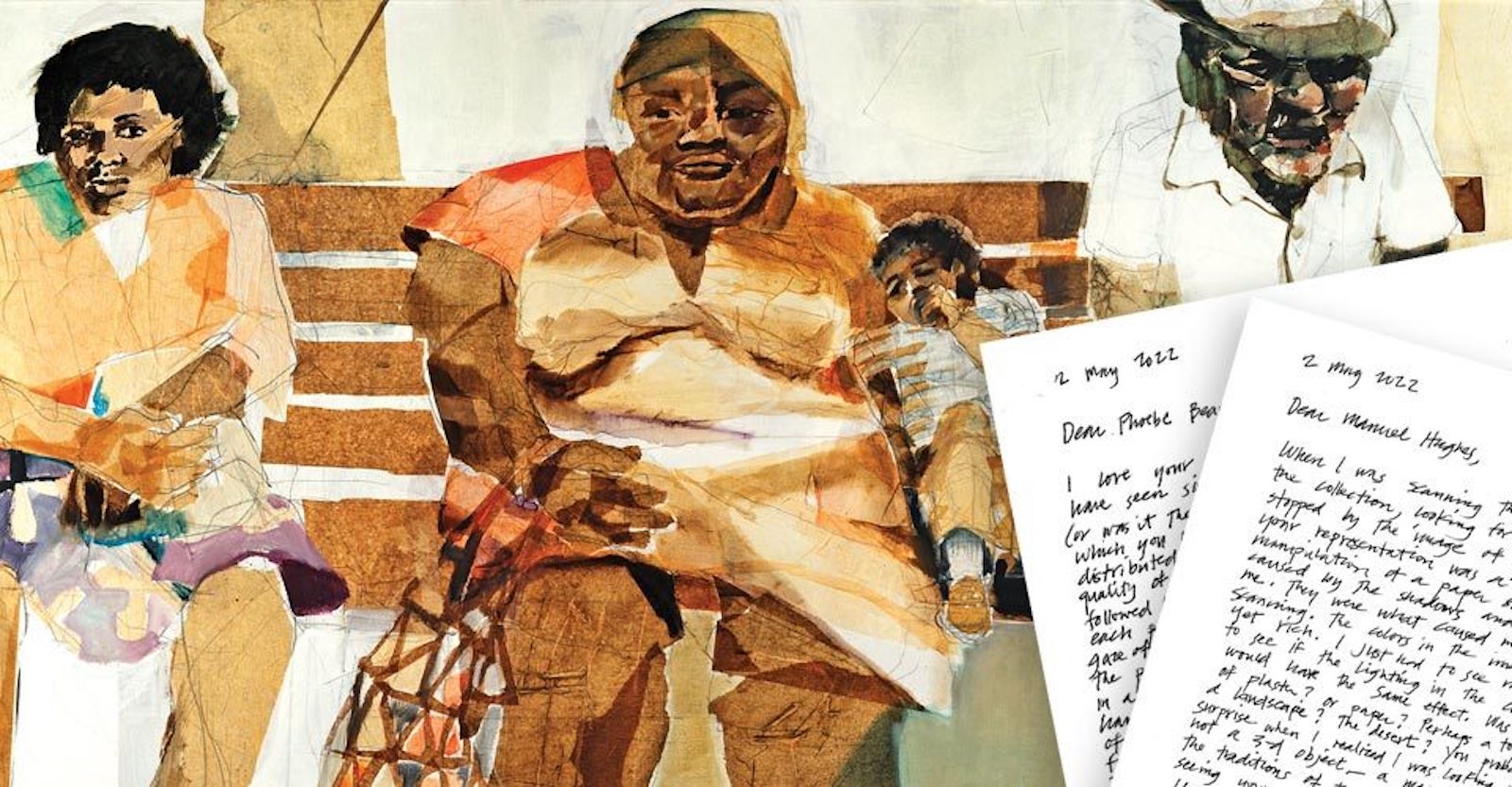Tell and Show
September 15, 2022

Guests curate Driskell Center exhibit by sharing artworks that moved them.
By Sala Levin ’10 | Terp Magazine
The quintessential art museum—with its pristine white walls and its visitors speaking in hushed, reverential voices–can seem like a cathedral to the inaccessible, a collection of works chosen by an invisible curator who’s deemed them worthy of awe.
“Telling Our Story: Community Conversations with Our Artists,” this fall’s exhibit at the David C. Driskell Center for the Study of Visual Arts and Culture of African Americans and the African Diaspora, tears down the velvet rope between visitor and gallery by inviting art lovers to choose the pieces on display.
Curlee Holton, executive director of the Driskell Center, asked some 30 art aficionados—but not experts—to enter the center’s vault, browse the works in the permanent collection, and choose two or three that spoke to them. The guests were asked to write a letter to the artists explaining why they chose their piece and what it meant to them. Both the letters and the chosen artworks are on display through December.
“It’s been a really organic and celebratory experience,” says Holton. “The key is accessibility.”
Kayleigh Byrant-Greenwell ’09, a museum engagement strategist and coordinator of the exhibit, led the selectors through a vault she likened to a “glorious, high-ceilinged walk-in closet.” The visitors hand-cranked their way through compact stacks, combed through flat shelving and peered at a room full of sculptures.
Read the full story in Terp Magazine.
Image: Rest Stop, 1979, by Phoebe Beasley, courtesy of the David C. Driskell Center

